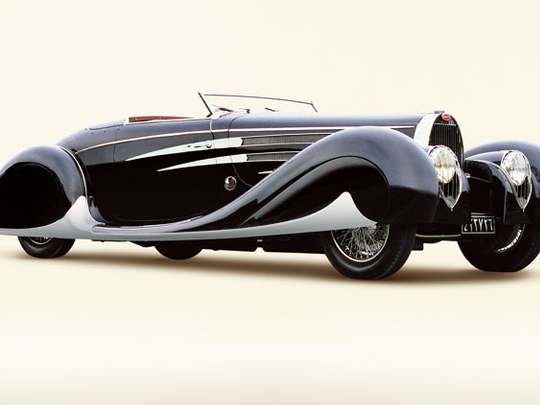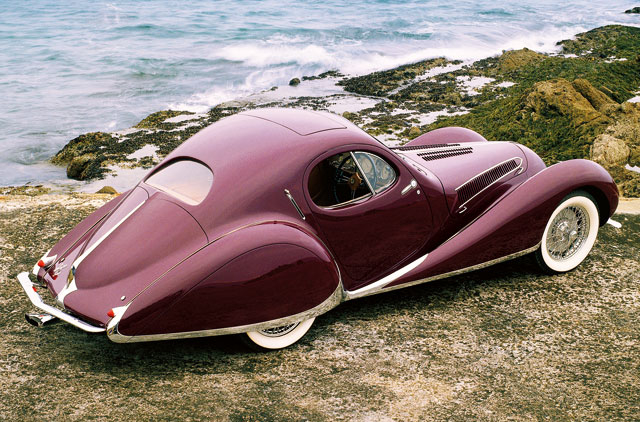
At a time when cars were status symbols, people treated them as such. Works of art, sculptures, creations, expressions of the designer, the craftsman, the owner — anything but just mere products.
If you were a car guy in the Twenties or the Thirties, it was a time of coachbuilders, really, not carmakers. And no coachbuilder was more exclusive and more brilliant in its opulent execution than the Parisienne atelier of Figoni et Falaschi.
Today, you can admire Giuseppe Figoni and Ovidio Falaschi's sculptures only at exclusive concours such as Pebble Beach or on the shores of Lake Como. Their bodies draping Bugatti, Talbot-Lago and Delahaye chassis fetch millions of dollars if they ever make it to an auction somewhere. All are unique one-offs: like an artist who doesn't replicate his own Mona Lisa, a coachbuilder never hammers the same panel twice.
Instead of enamels, canvases or chisels, Giuseppe Figoni's art was steel. This Italian maestro moved to Paris to practice his talent of visualising exquisite flowing curves and sensational art deco lines, and bringing them to life in the metal. He certainly was no aerodynamicist, but his driving force was purely beauty.
Besides just a knack for sumptuous bodywork, Figoni also demonstrated an engineering talent when he patented a disappearing sunroof and tonneau tops. But it was when he teamed up with businessman Falaschi that the two put their names together and thrived in the world of carmaking.
The pre-war years were the glory days of coachbuilding (later, the money for opulence simply ran out, and the need for post-war mass-mobilisation put the artists out of work). And mirroring their own work, Figoni et Falaschi focused only on the very best: Bentley, Delahaye, Delage, Bugatti, Panhard, Alfa Romeo, and especially Talbot-Lago models. But with every creation, Figoni kept his raked, sporty windshields, and flushed everything on the bodywork right down to the door handles to create his goutte d'eau streamlined style.
This coachbuilder may be no more, but their creations still adorn some of the most sought-after automobiles in history.













